In march 2020 we saw and agreed to help a small dog in the north…
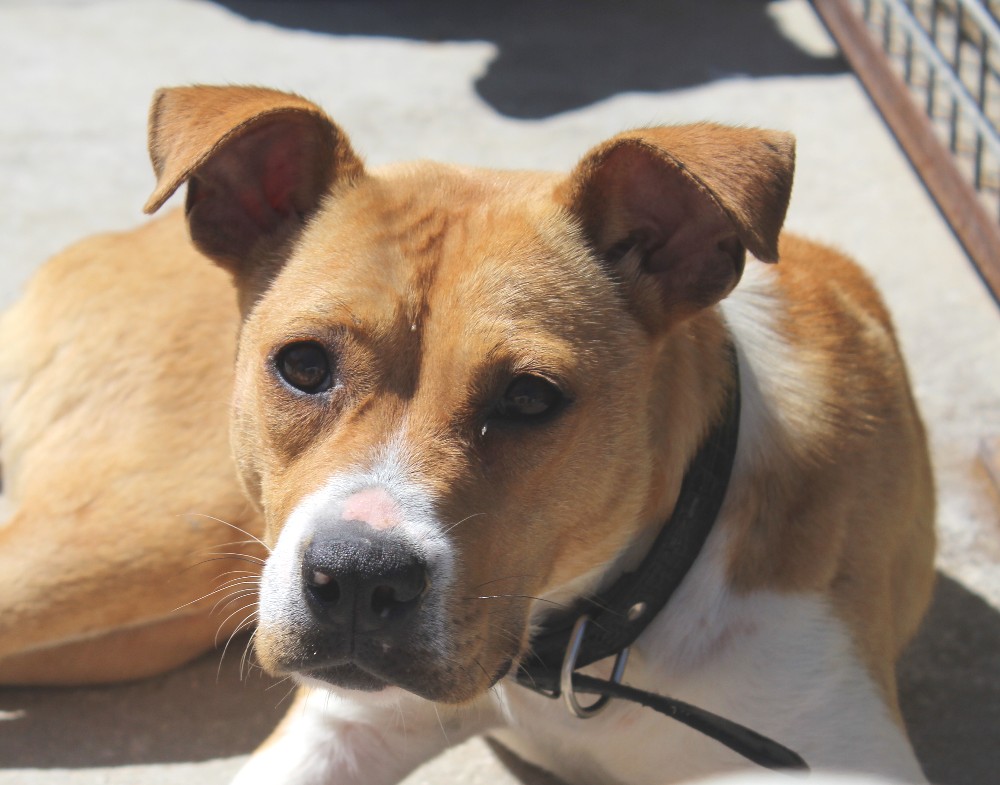
The impossible dog -a rescue story
At rescues we deal with playful dogs, quiet dogs, scared dogs, shy dogs, easy dogs, difficult dogs all the time. But once in a while a dog comes up with issues that threaten to overwhelm us, that is the very difficult, or most aptly named the near impossible dog.
This is the story of Soraya, our sweetest and more challenging dog. This is also the story of how all dogs need advocacy, patience, love and hope, but most importantly a team of people fighting their corner no matter what.
Soraya was brought to the pound as a young pup. The volunteers loved her. She was very active, loved attention and enthusiastically enjoyed her time out of the kennels. Things soon looked up for Soraya when a potential adopter showed interest in her.
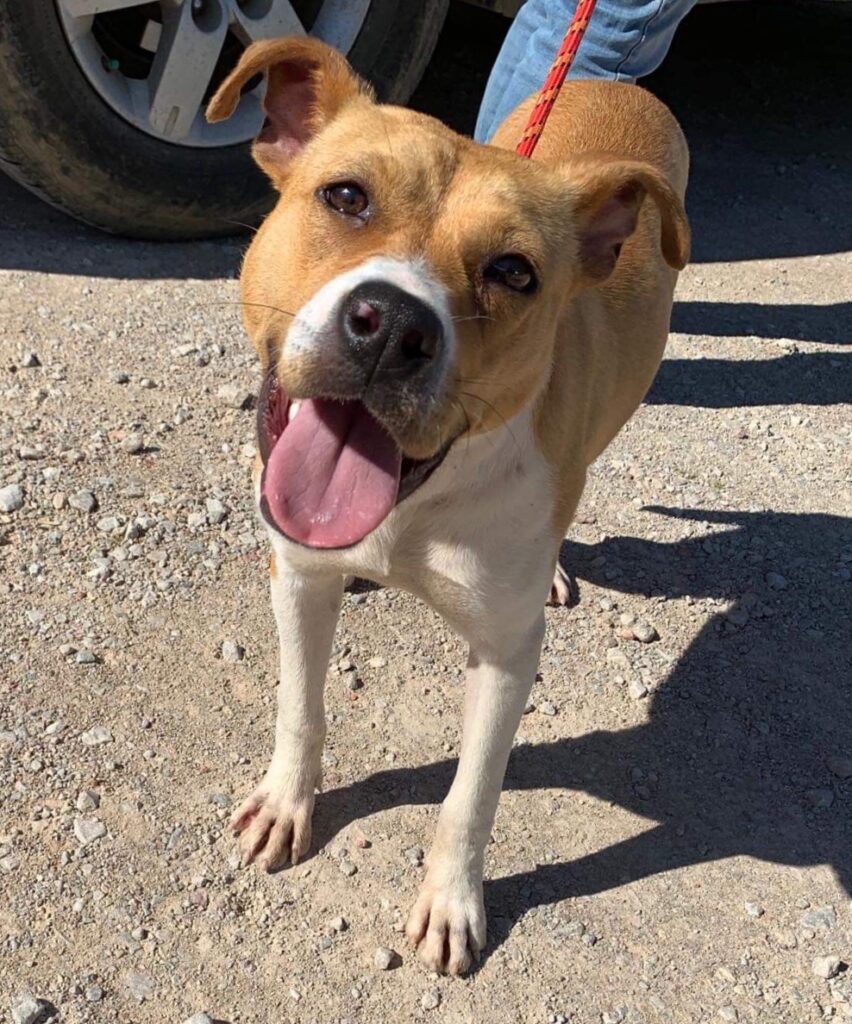
After going through all the stages involved in an adoption, Soraya was soon living with his new adopter, and both started the process of learning to live together. As part of our charity life long support for all our dogs, the adopter knew that he could contact us if any problems. Very soon he told us he needed help as Soraya had extreme fear of cars. Getting her into a car filled her with terror making it nearly impossible moving around when needed. Janine Davenport, highly experienced behaviourist and charity supporter, was called in to help, and she quickly applied desensitisation protocols which helped Soraya enormously and, although not fully comfortable, her tolerance to cars quickly improved.
Sadly, Soraya’s issues did not end up here but quickly escalated. She started to show obsessive compulsive behaviours, which manifested as drinking water to excess, and toileting inside followed by a pattern of nonstop pacing, which could be described as drinking water, walk up the room, under the table, urinating, drinking water, walk up the room, under the table …..and like this hundreds of times. When in the garden she would obsessively try to tear up tree branches for hours at a time, and what initially was thought as just a quirk, quickly became the sign of a deep seated problem. After a few weeks our adopter, who had never had a dog before, felt overwhelmed and together with the rescue the decision of giving her back was taken.
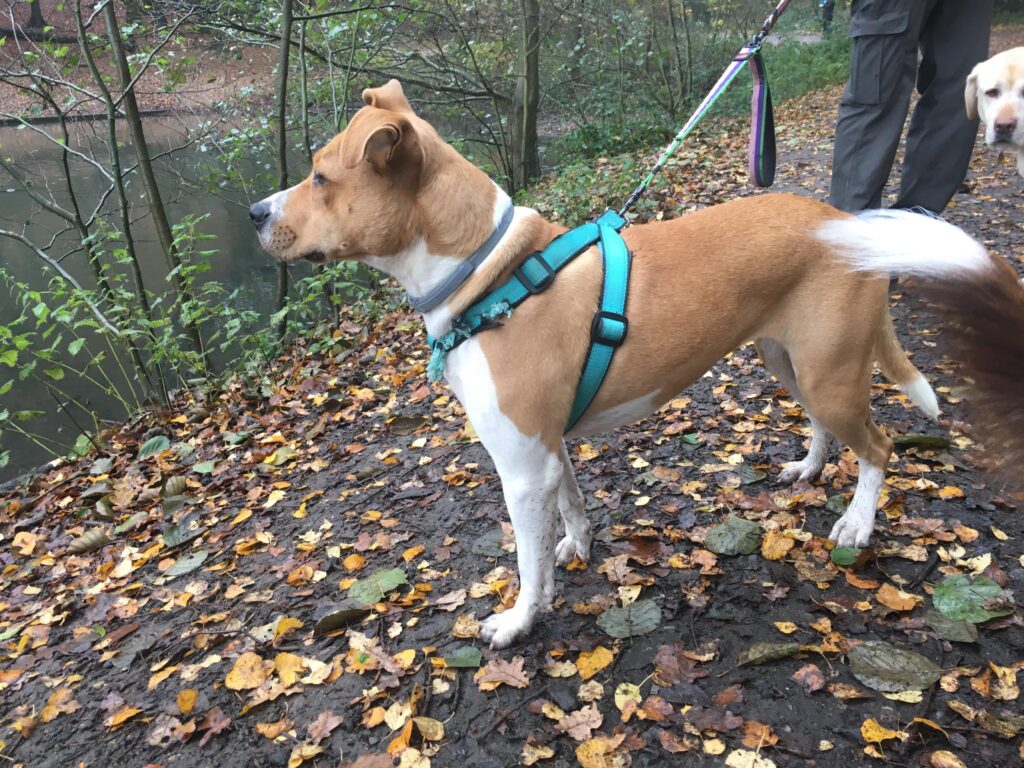
We thought that a more experienced adopter with support from the behaviourist would help and things would quickly improve. We could not be more wrong. What followed were four fosters and a couple of months stay in boarding kennels. Through this time, Soraya’s fear of cars intensified as did the pacing and fixation on all sort of objects, images or any reflective surface such as the TV which she would constantly assault. Although Soraya was never aggressive, her determination and focus on an object could be overwhelming. Her sadness continued to increase together with the loss of weight due to the constant pacing as did our worry. Many a sleepless night was spent trying to help this poor dog.
We were lucky that we were not alone, and Janine Davenport, an experienced dog behaviourist, worked with the charity to assess Soraya, guide us on how to best proceed and provide the behaviour protocols to help her. There was a solution to help this dog, but as with all things dog and behaviour, time, patience and effort would be needed as well as the right adopter, the holy grail of any rescue.
Janine says:
“I first helped Soraya when she was in Spain and was living with her adopter. He was there on holiday for a month… at this point we knew she drank a lot and pee in the house and was scared of the car, so we knew she had some anxiety issues. We worked together to help Soraya get in a car and this was successful. She was much happier about getting in the car. She then came to the UK and it became apparent that she was drinking gallons of water and peeing huge amounts. Before I could confirm it was a behaviour issue, physiological problems had to be ruled out first. She had to be checked for Diabetes Insipidus, Diabetes Mellitus and kidney and bladder problems. Only then, when these conditions had been ruled out were we able to treat this problem as behavioural. Soraya had psychogenic polydipsia and polyuria together with Obsessive Compulsive Disorder (OCD). As the adopter found it difficult to cope, Soraya went into kennels. Sadly her symptoms deteriorated and the kennel owners found it hard to watch. So, she went into foster with lovely foster parents and then again to another foster. Soraya was terrified of the street and cars. A desensitisation and counter conditioning protocol was put into place. Soraya was showing OCD symptoms driven and triggered by reflective surfaces so a TV, a window, a shiny bowl, a mirror, anything like this could trigger a huge reaction in her. We soon realised that we needed a very special home for this girl if we were to help her. In the meantime, this poor girl was started on appropriate antidepressants that I use for canine cognitive disorders in dogs and an herbal calmer and protocol for her psychogenic polyuria and polydipsia. This issue soon resolved completely whilst Victoria and the charity frantically looked for an appropriate final home”
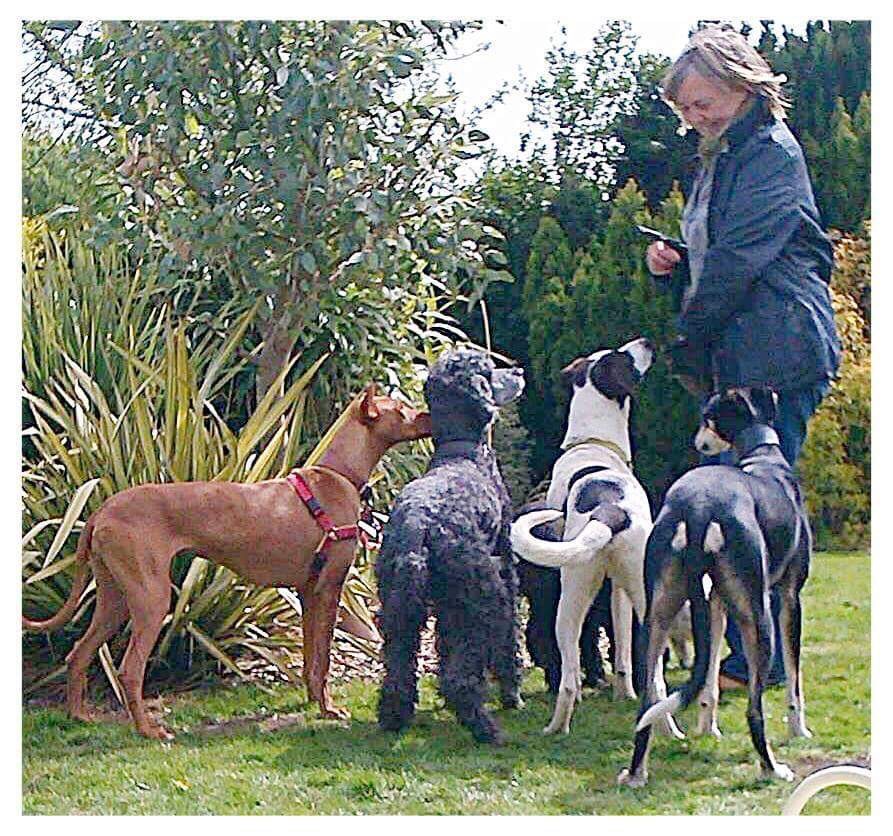
The search for the right home for Soraya took over our small charity and soon the problem of what to do with Soraya became our constant thought. Soraya needed someone who was highly experienced with dogs, had a home and garden with enough space to give her the opportunity to exercise and few expectations from her. Someone who was aware that things were going to be hard, very hard before they would become better. We were starting to think that this person would never come through. After the last adopter gave her back and we had to move her within hours of her arrival we felt truly desperate and defeated. Was this what failure looked like?
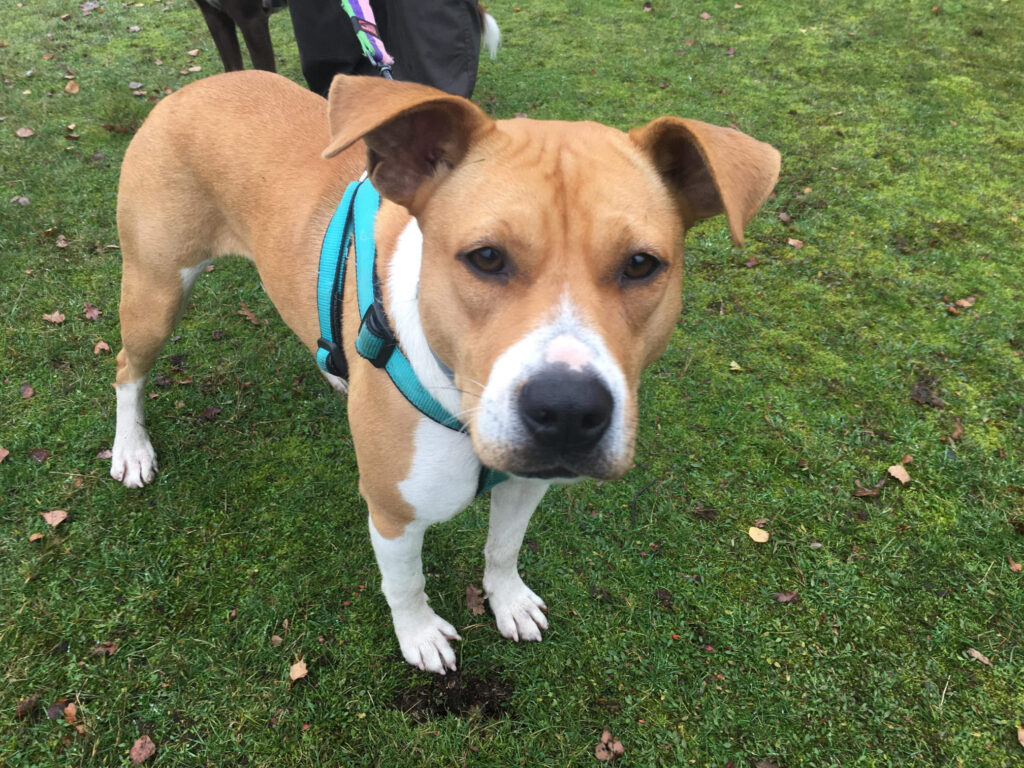
When Fiona answered our plea on a Sunday afternoon and told us that she would be able to help her, and that she had supported many charities with very difficult dogs, we were hopeful although cautious. We had heard it all before but we had to try. Our words, were…
“Fiona just take her for a week as a foster. If it does not work we will take her back but please just try”.
So this is how Soraya made her way to her new home. Janine recalls:
“When eventually a wonderful lady came forward, the relief was incredible, both myself and Victoria knew this was the very best home for this girl”
Fiona, welcomed Soraya just one day after she answered our call for help. We felt encouraged by her demeanour, capable, determined and realistic. She was willing to let Soraya be and to help her at her own pace. Three months later, she has very clear memories on how Soraya entered her life and says:
“I remember very clearly the day that Soraya arrived to me, it was March the 3rd. She was skinny and a bit withdrawn but jumpy. As explained by Victoria and Janine, who were always on speed dial to help, she was on 30 S&V tablets and anti-depressant medication. She paced and circled in the garden, was obsessed with licking and biting water and puddles and was very scared of cars. She humped a lot and had a phase of attacking feet, as well as shiny surfaces, so I covered all surfaces including the TV for a while….She destroyed the bedding, snatched the harness when being taken off and had trouble settling down and being calm when outside her crate. In addition to this, she attacked trees and bushes, peed in her bed and barked often, and I think that was all!”
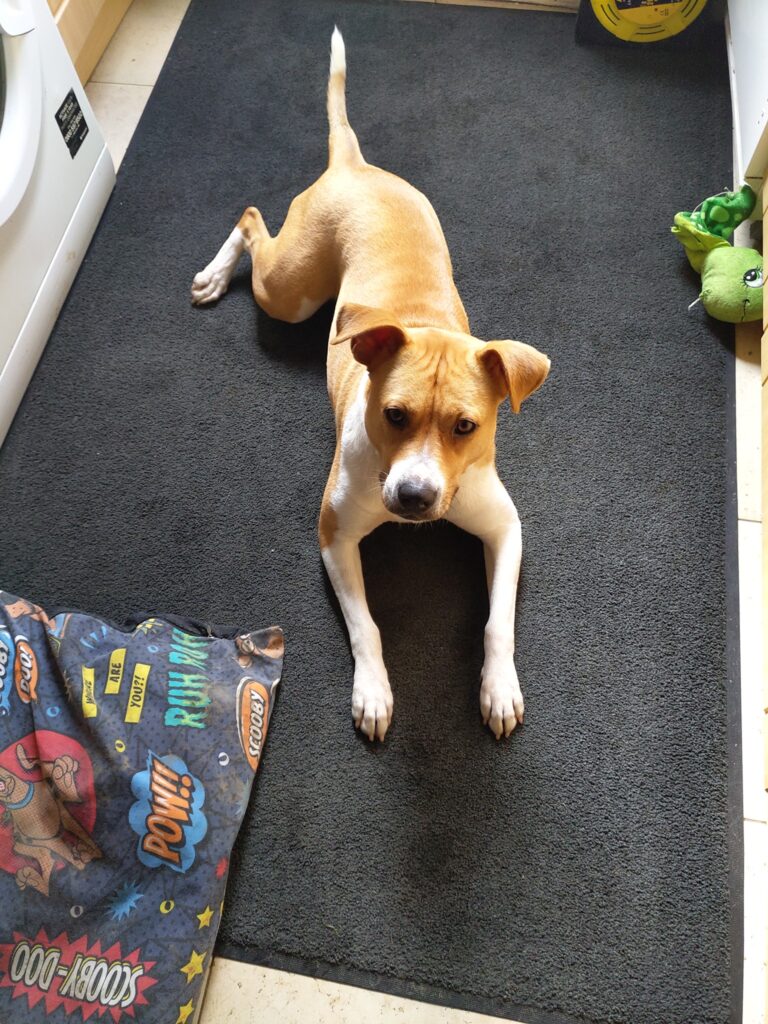
Fiona’s task was not easy but with Janine’s support she took away all stimulus during the first few days, and gave her the very calm surroundings she needed. Slowly, with lots of patience, and very specific behaviour protocols Soraya started to improve.
“Three months down the line she no longer has most of the issues I listed. Occasionally, she will have a lick at a puddle but she can walk down the road with light traffic, which was previously impossible, and she can watch TV without any problems, although she does not like the Simpsons which she jumps and barks at and is no longer bothered by shiny surfaces. Although she is far from being the perfect dog yet, I am really proud of how far this girl has come”
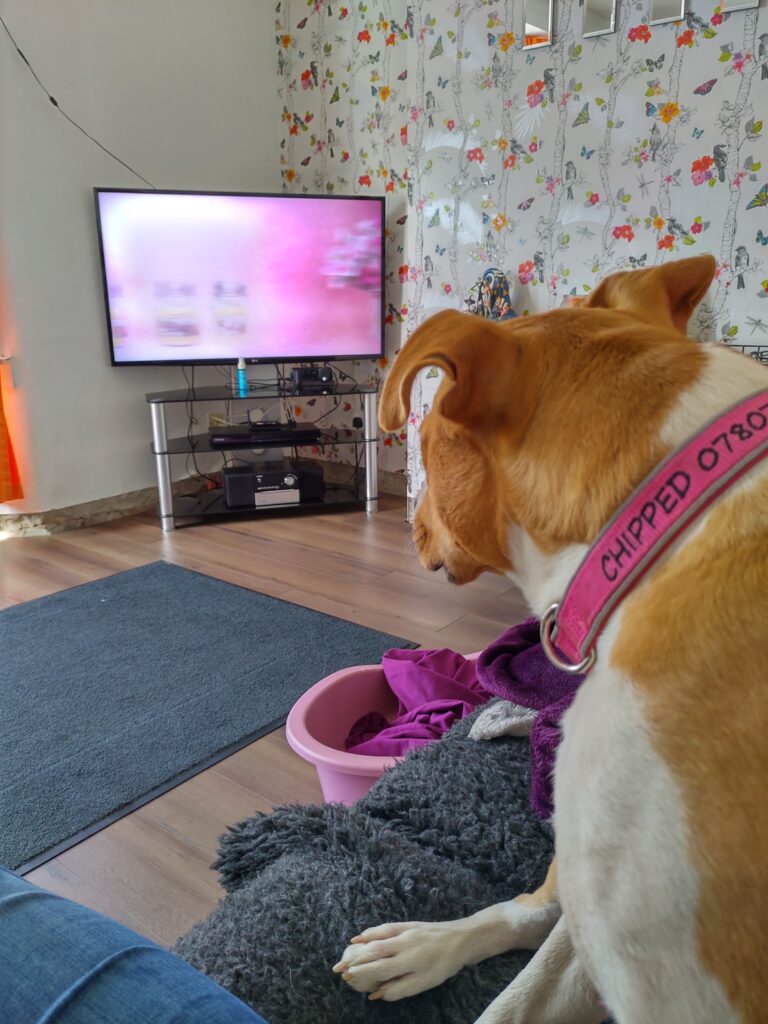
Janine also believes that Fiona has given Soraya a wonderful home working through her anxiety and her OCD symptoms as the below statement proves.
“Soraya is a beautiful girl with some fairly severe issues that are now gradually melting away. I can cry easily for this girl knowing that her journey has been difficult and with relentless anxiety. It was agonising for us and at some point we were in total despair but helping her was the only option and no matter what, we knew there was someone out there for her. Thank goodness she found Spanish Stray Dogs and Fiona”
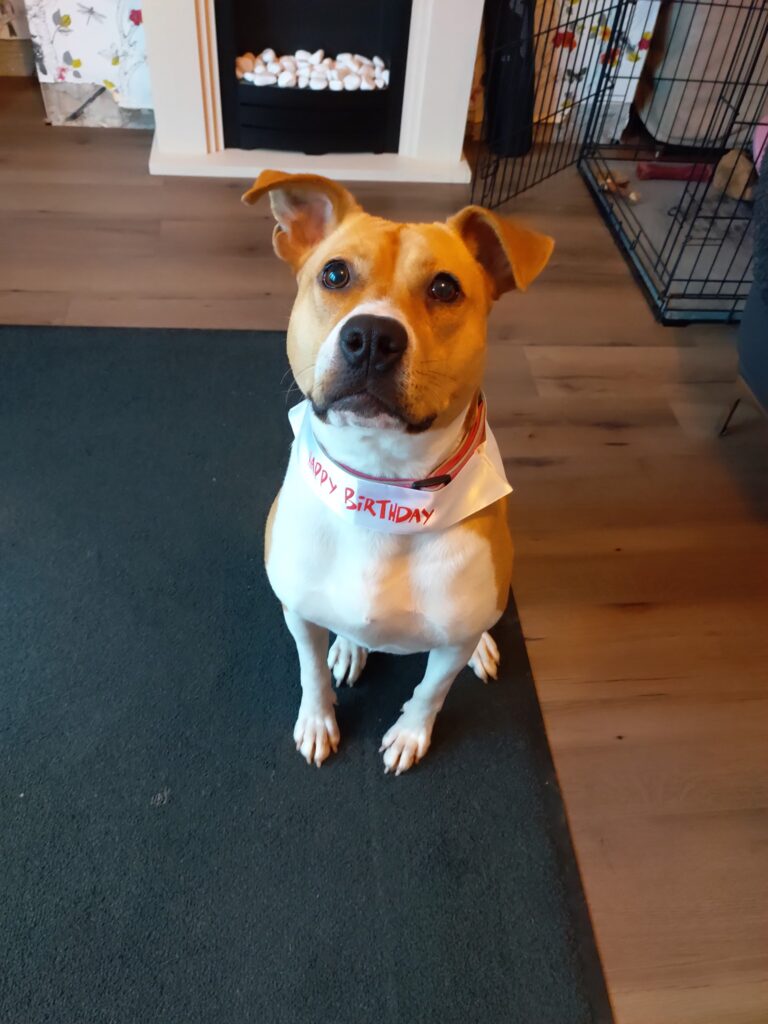
So, this is the story of Soraya and the challenges the Spanish Stray Dogs team had to overcome. Our dog is no longer and most probably has never been impossible. She has been difficult, but she has taught us a very important lesson. When things get difficult, when it seems that a dog will never improve or there will never be an adopter who wants them, the solution is to keep going, to keep pushing, to keep working, because one day that special person will come through for them and they will get their happy ending. We, as a charity and individuals, are the dogs advocates and it is our duty to work hard on their behalf no matter how difficult, so every dog gets a chance.
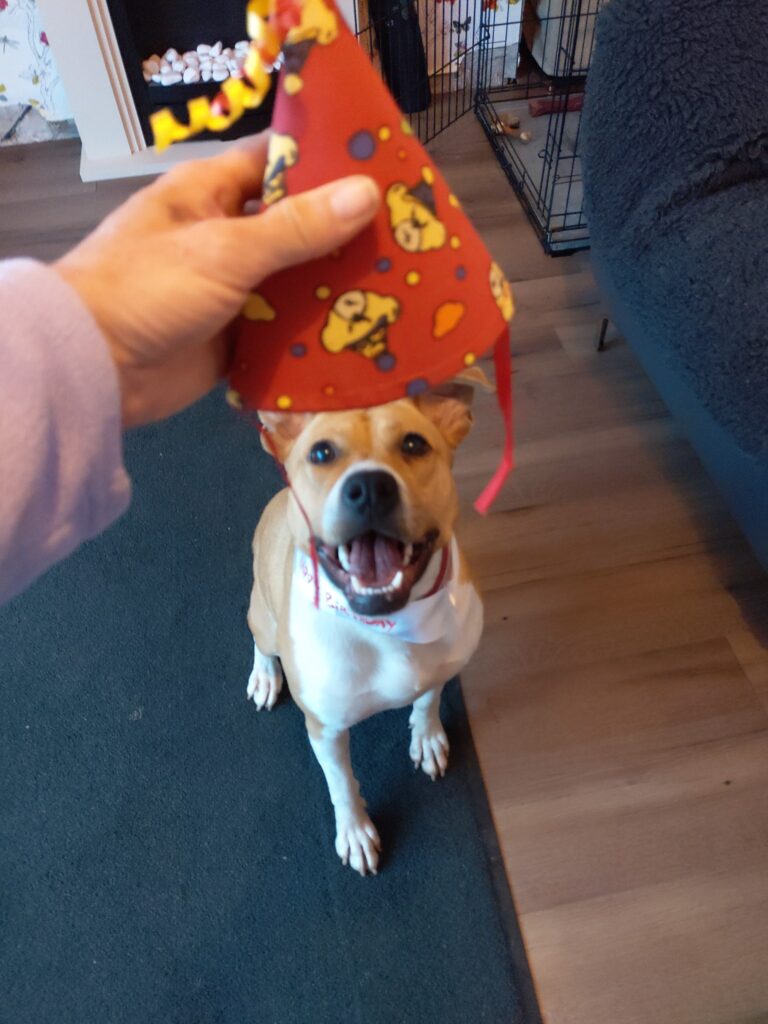
Soraya is one of the dogs we will always most love and remember because amongst all the hardships she is a truly special girl.
We love you Soraya!
Thank you to all the people who played a role in Soraya’s journey, the volunteers, all the adopters and fosters, who tried, and specially her final adopter, Fiona, who loves her so much and Janine Davenport who provided guidance and the professional knowledge to work with Soraya.
Blog written by Victoria Vazquez

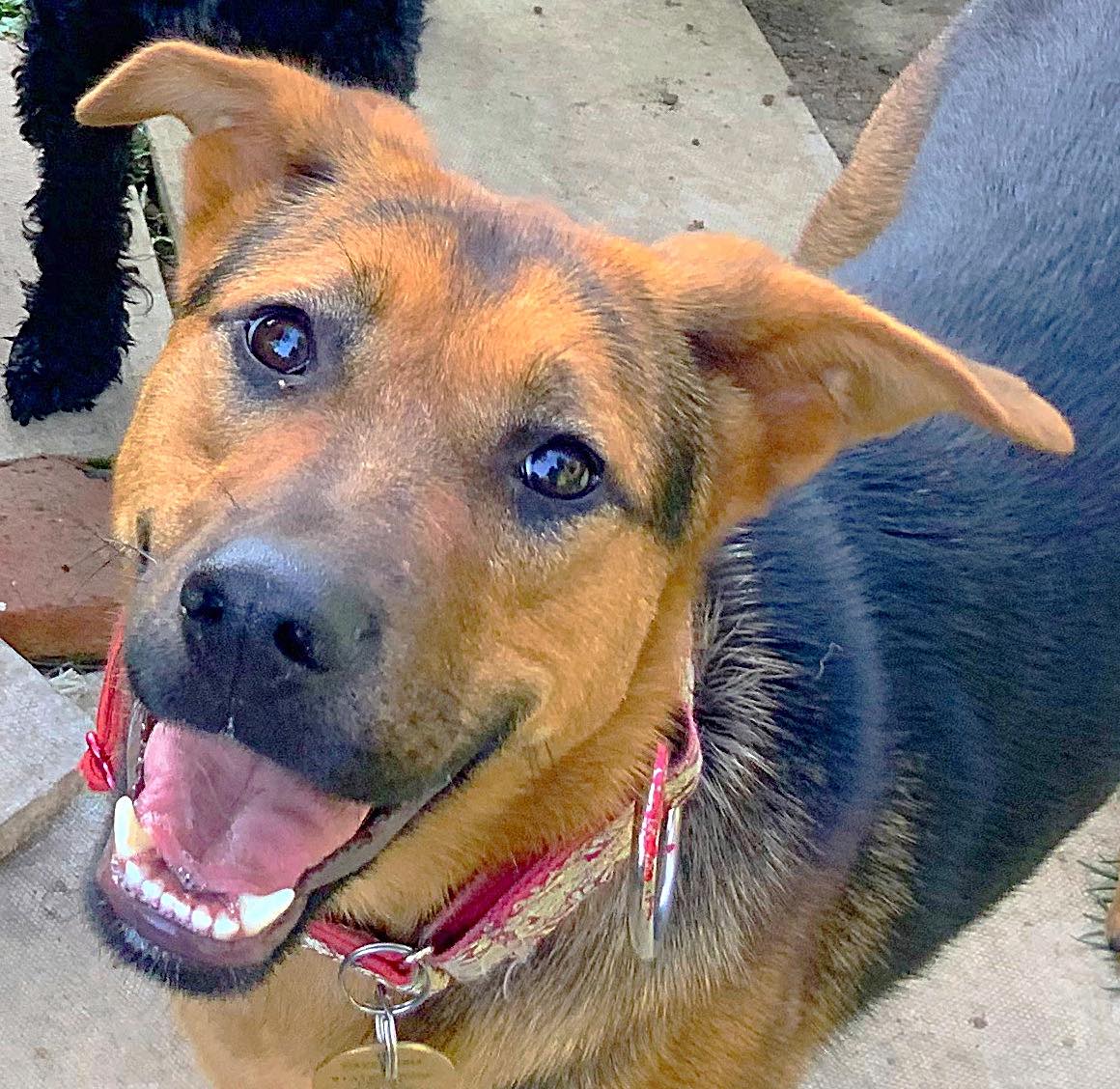
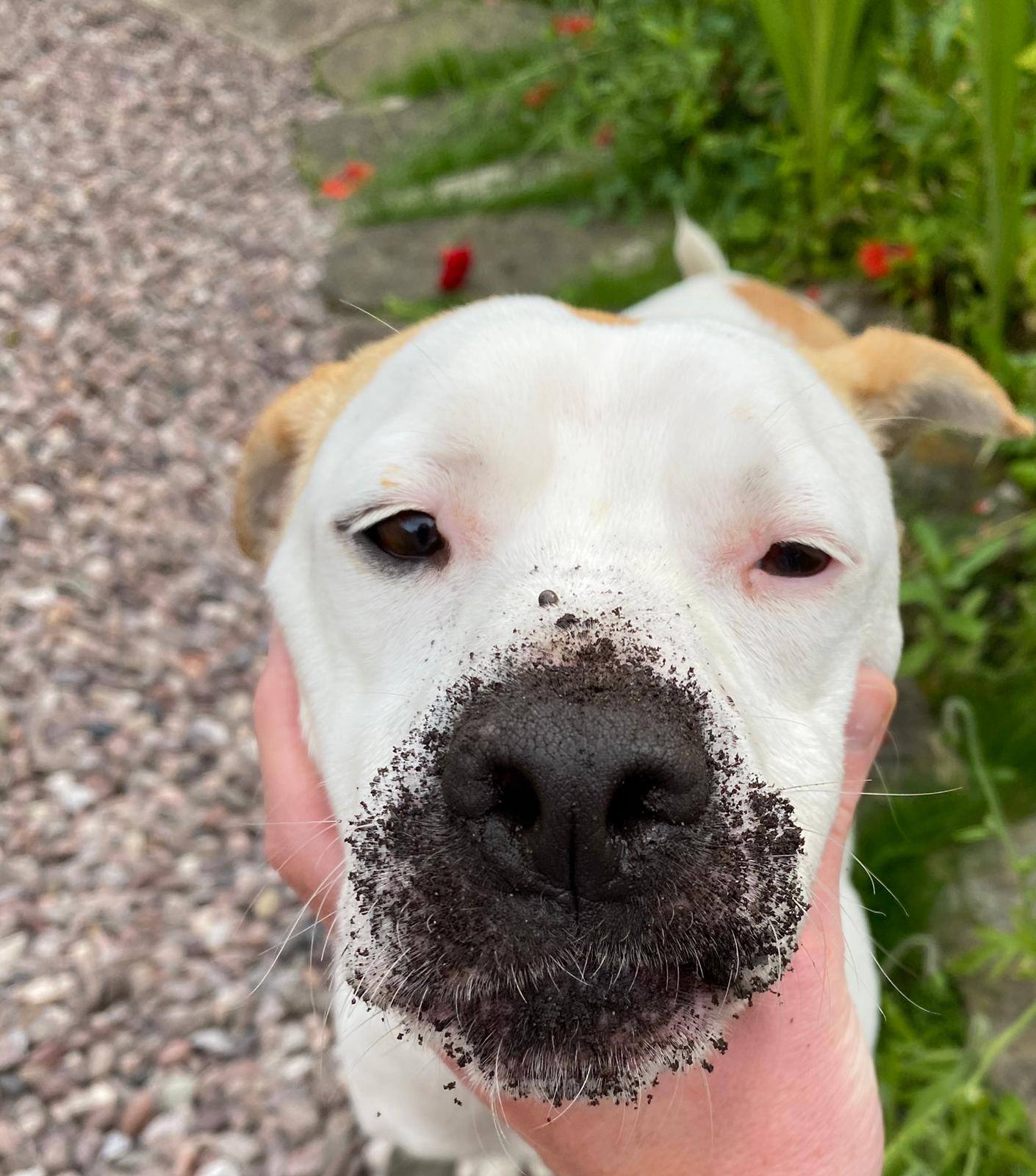
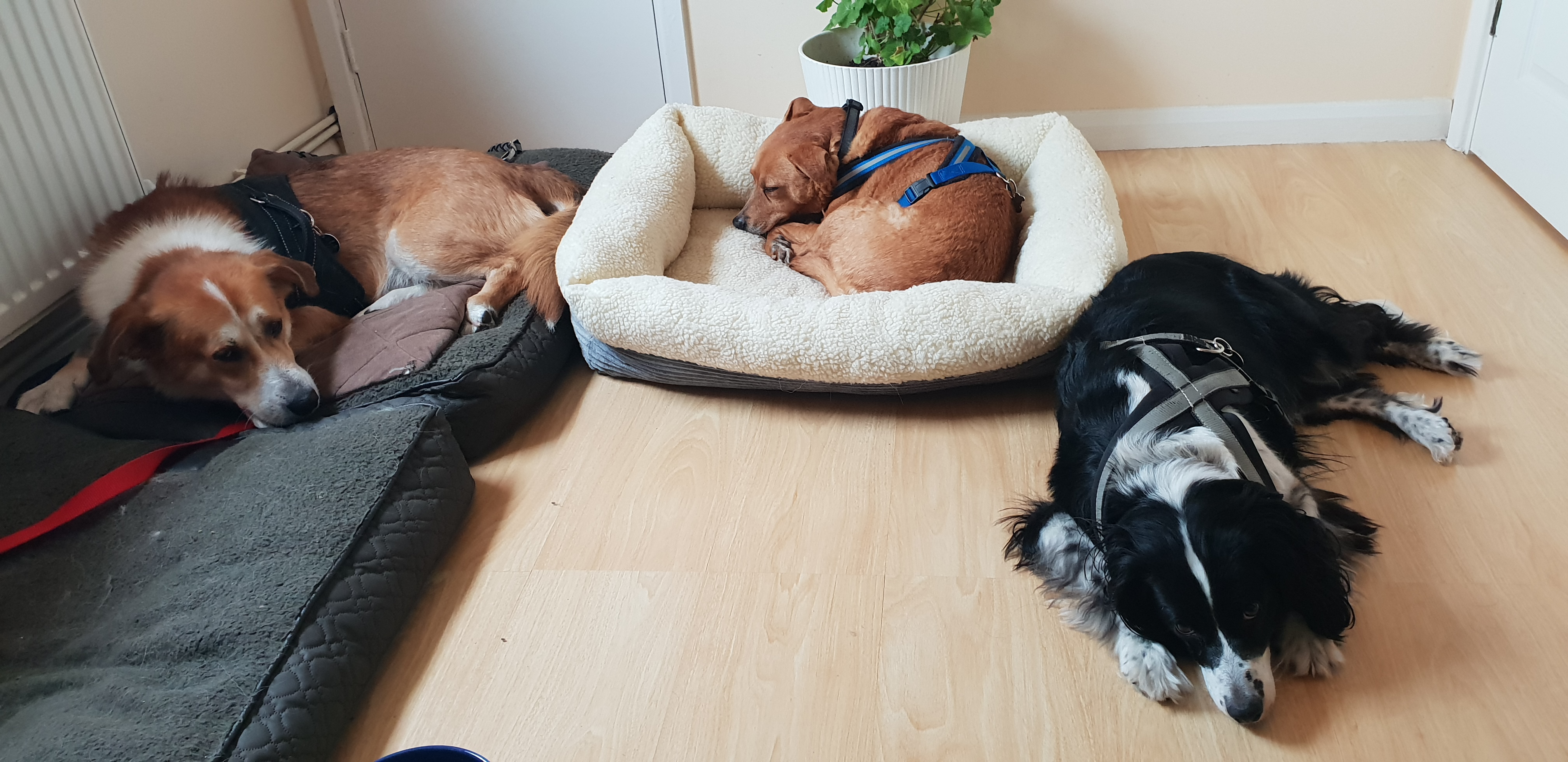
This Post Has 0 Comments